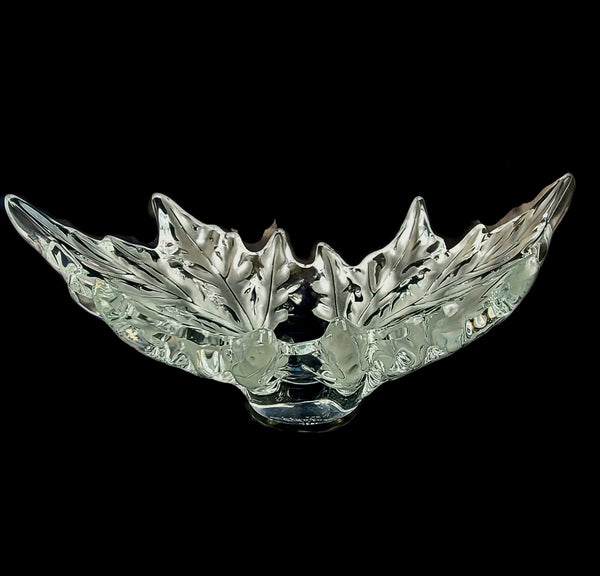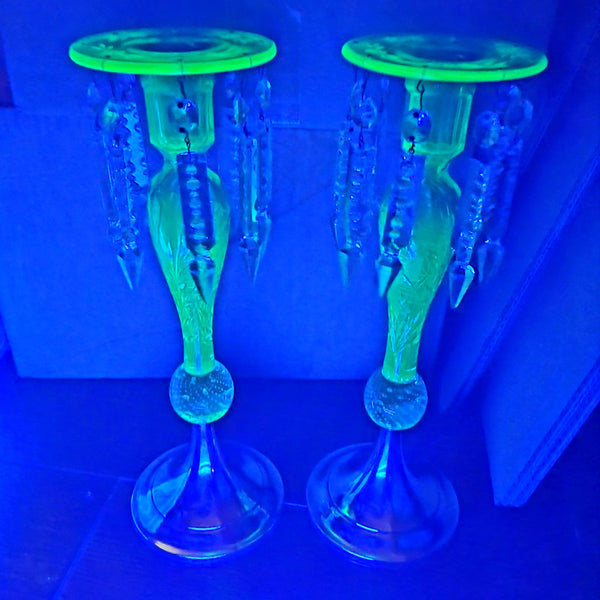Just Cutting Up: How To Tell the Difference Between Cut Glass and Pressed Glass

Have you ever picked up a piece of clear glass and wondered if it was cut glass or pressed glass? Maybe you don't know enough about glass to have considered the differences? Cut glass is almost always more valuable than pressed glass and these tips will help you decipher between the two like a pro.
When looking at a piece of glass use your senses. You need to feel the glass to be able to get an idea of its quality. Cut glass will have sharper detail with a more defined pattern, whereas pressed glass will be smoother and worn to the touch. Look for mold marks. Cut glass will not have any mold marks and most pressed pieces do unless they are upper end pieces where someone took the time to remove them.
Feel the overall weight of the glass. This tip goes for shopping for any type of glass. Higher quality glass is heavy and not light weight. Again, you have to get used to feeling the quality of glass to recognize the differences. Cut glass contains lead. The extra mineral content from the lead makes it much heavier. The lead gives cut glass a clearer and more "brilliant" appearance. When holding these pieces up to the light there is a vast difference in clarity and brilliance between cut glass and pressed glass. The facets on cut glass will sparkle in the light. The higher the clarity and the more brilliant the piece, the higher the lead content, and many times the more valuable.
Lastly, when possible, listen to the glass. When you gently thump a piece of cut glass it will ring and sing back to you if it is truly cut glass. Do this very carefully and never in an antique shop unless the owner has agreed to do it for you. Antique glass is very delicate and this can crack or even shatter some pieces.
When possible, always look at a piece of glass you are interested in purchasing with outdoor daylight lighting. I don't know how many times I have decided to buy a piece of glass and it is not until I take it outside or to a shop window to look at it in the daylight that I find a crack or chip that I did not see under indoor lighting. I cannot stress this tip enough.
Using your senses goes a long way in determining the value of many types of glass. With these tips you are well on your way to looking at glass like a professional.
Leave a comment
Comments will be approved before showing up.




